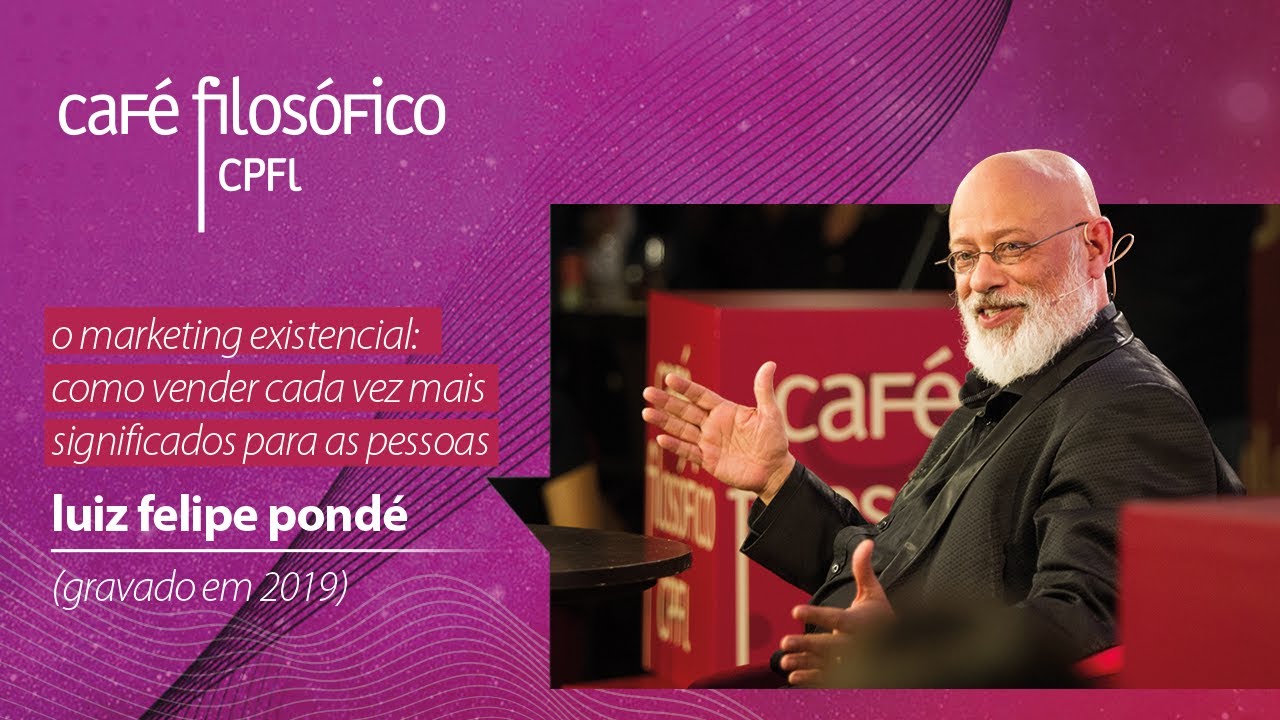Film History: Contemporary Cinema - Timeline of Cinema Ep. 6
Summary
TLDRIn 'A Timeline of World Cinema', host Bradley Weatherholt explores the contemporary era's challenges and transformations, from the impact of media conglomerates and global marketing to the dominance of blockbusters and sequels. The script delves into Hollywood's international reach, the influence of digital technology, and the evolving landscape of cinema, highlighting key figures like Harvey Weinstein and innovative directors shaping the art form. It emphasizes cinema's resilience and adaptability in the face of technological shifts and market demands.
Takeaways
- 🎥 Contemporary cinema is heavily influenced by modern technology and the dominance of blockbusters, sequels, and remakes.
- 💼 Media conglomerates like Sony, News Corp, and Time Warner have consolidated major studios, reshaping the global film industry.
- 🌍 Hollywood has increased its focus on international markets, with 70% of box office revenue now coming from outside the U.S.
- 📝 Scripts are simplified for global audiences, with less nuanced dialogue and safer plots to avoid cultural offense.
- 👾 The rise of digital cinema has revolutionized filmmaking, but it hasn't necessarily made movie production cheaper.
- 🎬 Harvey Weinstein is a key figure in modern cinema, known for his influence in theatrical distribution and his role in producing acclaimed films.
- 🌟 Blockbusters are increasingly targeted at young adults, with franchises like Harry Potter and Twilight leading the charge.
- 🎭 Global cinema continues to thrive, with directors like Guillermo Del Toro, Alfonso Cuaron, and Wong Kar-Wai pushing artistic boundaries.
- 💡 Cinema is an evolving medium that has survived multiple revolutions, from the introduction of sound and color to the rise of television and digital technology.
- 📽️ Despite predictions of its decline, cinema remains vibrant and is expected to continue thriving in the digital age.
Q & A
What is the main theme of the video series 'A Timeline of World Cinema'?
-The main theme of the video series is to explore the history of film, focusing on contemporary cinema and the impact of modern technology on it.
How has the consolidation of major studios by media conglomerates influenced the world of cinema?
-The consolidation has led to a significant change in the world of cinema, with major studios being owned by larger media conglomerates, which has resulted in a strategy of diversification and an increased focus on global marketplace control.
What was the significance of the Time Warner and Warner consolidation in 1989?
-The consolidation of Time and Warner for 20 billion dollars in 1989 marked a significant shift in the media landscape, concentrating power and profit in the global marketplace under American studio control.
What percentage of box office revenues does the MPAA report as coming from international markets?
-According to the MPAA, 70% of box office revenues come from international markets.
How do modern Hollywood studios approach scriptwriting to appeal to international audiences?
-Modern Hollywood studios write scripts with less nuanced dialogue to avoid confusing non-English speaking audiences and use safer plots to avoid offending other cultures.
What types of narratives are commonly used in modern blockbusters to ensure predictable profits?
-Modern blockbusters often rely on narratives from established franchises such as comic book superheroes and pre-teen novels.
What demographic does Hollywood primarily target with its films?
-Hollywood primarily targets young adult audiences with the vast majority of its films.
Who is Harvey Weinstein and what is his significance in modern cinema?
-Harvey Weinstein is one of the most influential producers of modern cinema, known for his role in founding Miramax, his innovative distribution strategies, and his production of critically acclaimed films.
What is the 'slow release' strategy in film distribution and how does it benefit studios?
-The 'slow release' strategy involves opening a film in a few theaters and gradually increasing the theater count over following weeks. This strategy ensures that the majority of box office revenues are generated in weeks where studios receive the largest share.
How has the global film industry evolved in the last few decades as mentioned in the script?
-In the last few decades, the global film industry has grown exponentially with European, Latin American, Asian, and other regional productions pushing the artistic boundaries of cinema and introducing innovative narrative and structural elements.
What is the significance of Wong Kar-Wai's 'In the Mood For Love' in the context of the script?
-Wong Kar-Wai's 'In the Mood For Love' is highlighted as a celebrated film that goes against conventional narrative and fulfills audience demands differently, showcasing the evolution and authenticity of cinema outside of mainstream Hollywood.
What is the misconception about digital cinema in terms of cost savings?
-The misconception is that digital cinema reduces costs due to the use of video cameras. However, most of the costs associated with movie budgeting, such as SAG wages, food, locations, and labor, remain the same regardless of the capturing medium.
How does the script define cinema in the context of its evolution and challenges?
-The script defines cinema as an ever-changing art form that has survived various revolutions and challenges, such as the birth of sound, color, government censorships, the rise of television, and now digital filmmaking.
Outlines

このセクションは有料ユーザー限定です。 アクセスするには、アップグレードをお願いします。
今すぐアップグレードMindmap

このセクションは有料ユーザー限定です。 アクセスするには、アップグレードをお願いします。
今すぐアップグレードKeywords

このセクションは有料ユーザー限定です。 アクセスするには、アップグレードをお願いします。
今すぐアップグレードHighlights

このセクションは有料ユーザー限定です。 アクセスするには、アップグレードをお願いします。
今すぐアップグレードTranscripts

このセクションは有料ユーザー限定です。 アクセスするには、アップグレードをお願いします。
今すぐアップグレード関連動画をさらに表示

The Epic Tale of Cinema: 100 Years of Magic - Timeline of Cinema: Introduction

Film History: Rise of the Studio System - Timeline of Cinema Ep. 2

Film History: The Foreign Wave - Timeline of Cinema Ep. 4

Perkembangan Film Global : Hollywood vs Bollywood

Ford, Carter, and the Economic Malaise: Crash Course US History #42

O marketing existencial: como vender cada vez mais significados para as pessoas - Luiz Felipe Pondé
5.0 / 5 (0 votes)
